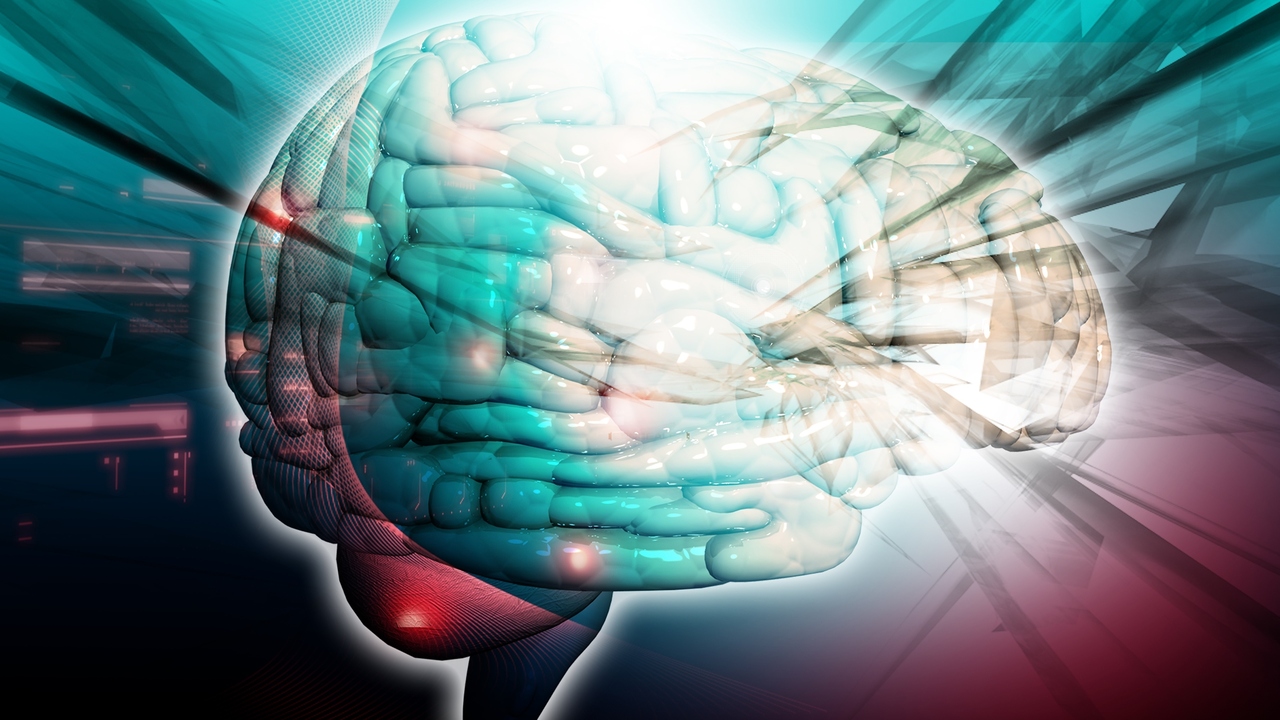It's not unusual for a woman having a stroke to be misdiagnosed as having a heart attack. Some symptoms women experience during a stroke certainly appear similar to cardiac distress. The knowledge of this fact doesn't help when you are the woman having the stroke, as the window for early treatment slowly closes.
You are the last person anyone would have pictured in this predicament. Strong, healthy, vigorous, you present well. Or you did. That was before the pain in your chest, the shortness of breath, and now, you are becoming rapidly disoriented.
It is difficult to speak, even more difficult to understand what is said. People are rushing briskly about, orders being issued. The environment of the hospital doesn't look familiar though you have been there before. But never like this. Sound undulates, and your thoughts are fragmented. And now, the right side of your body won't obey your blurred instructions.
Your life now rests squarely in the hands of the hospital staff. Will they realize what is happening to you in time? Or will they use precious minutes running tests on your heart, when the explosion has happened inside your brain. Fortunately for you, a doctor has seized upon your condition. And that is a very good thing because there are only three hours after onset of stroke when this intervention can help you.
Most of what transpires next is lost to you. But long after the treatment is completed, you very slowly begin to piece together the drama of the day.
Though time was lost before determining a diagnosis of stroke, you were in the fortunate percentage of female stroke victims who are properly diagnosed in time. Your doctors administered a drug known as tPA (tissue plasminogen activator), a medication which breaks down clots.
You are fortunate because many women never receive this treatment due to misdiagnosis. This is the one treatment approved by the FDA for stroke. When used in time, it can reverse the effects. Your surgeon repaired vascular damage to your brain, and removed plaque which could be a future hazard.
The interventions by the hospital staff have been successful in your case. You are lucky to be alive. Now begins the process of convalescence and of beginning to determine just how bad the damage to your brain is, and how it will affect you.
Will you recover enough to live a normal life again?
Resources
Centers for Disease Control and Prevention - Stroke
National Institute of Neurological Disorders and Stroke
Visit Jody's website and blog at http://www.ncubator.ca and http://ncubator.ca/blogger






Add a CommentComments
There are no comments yet. Be the first one and get the conversation started!